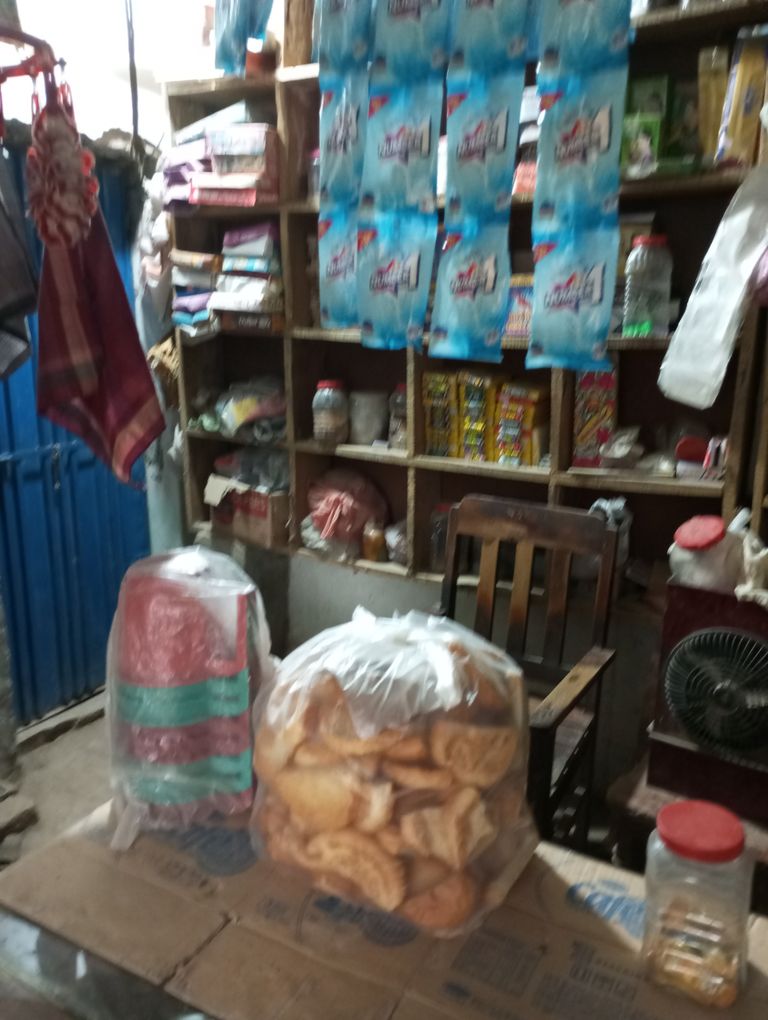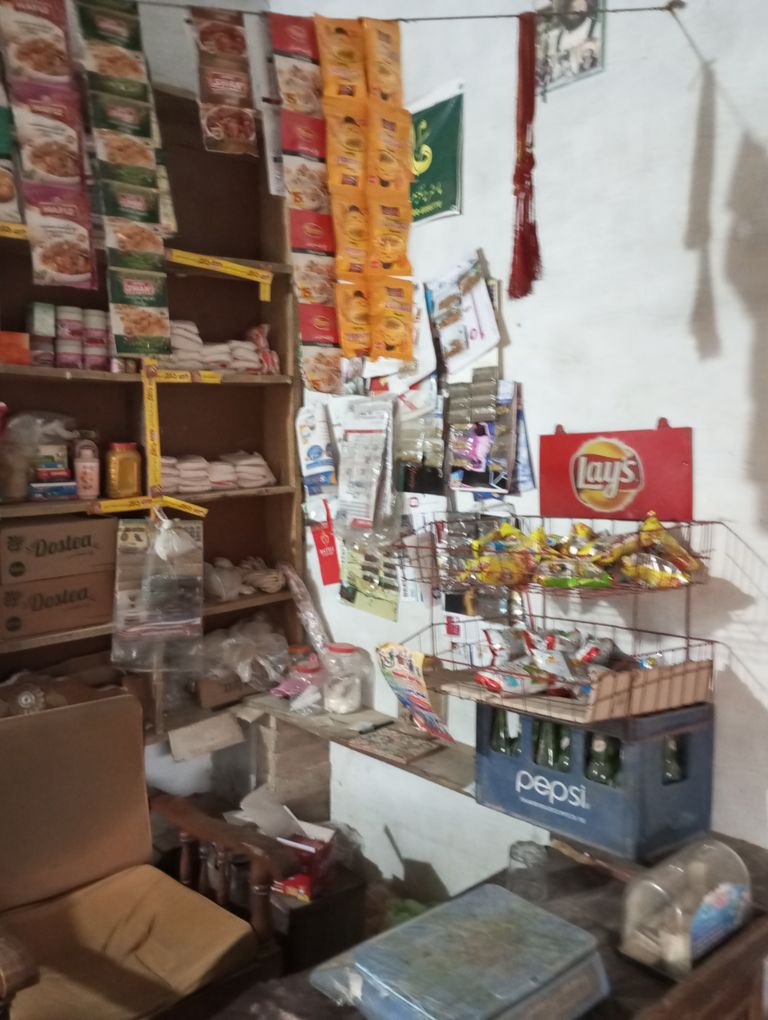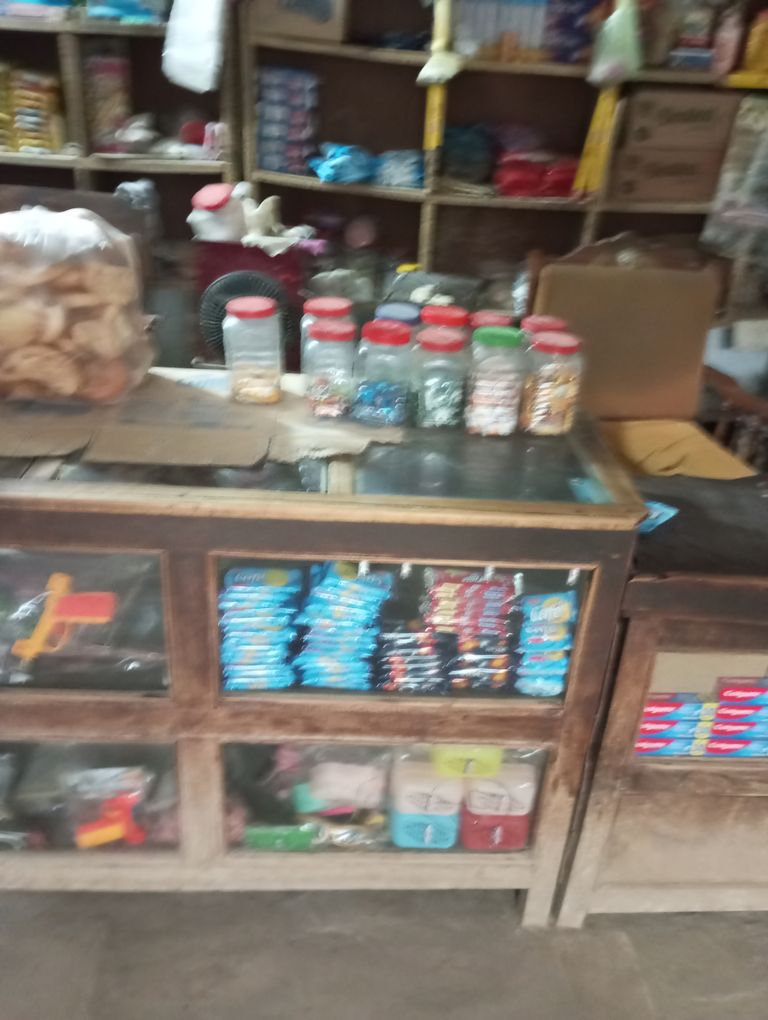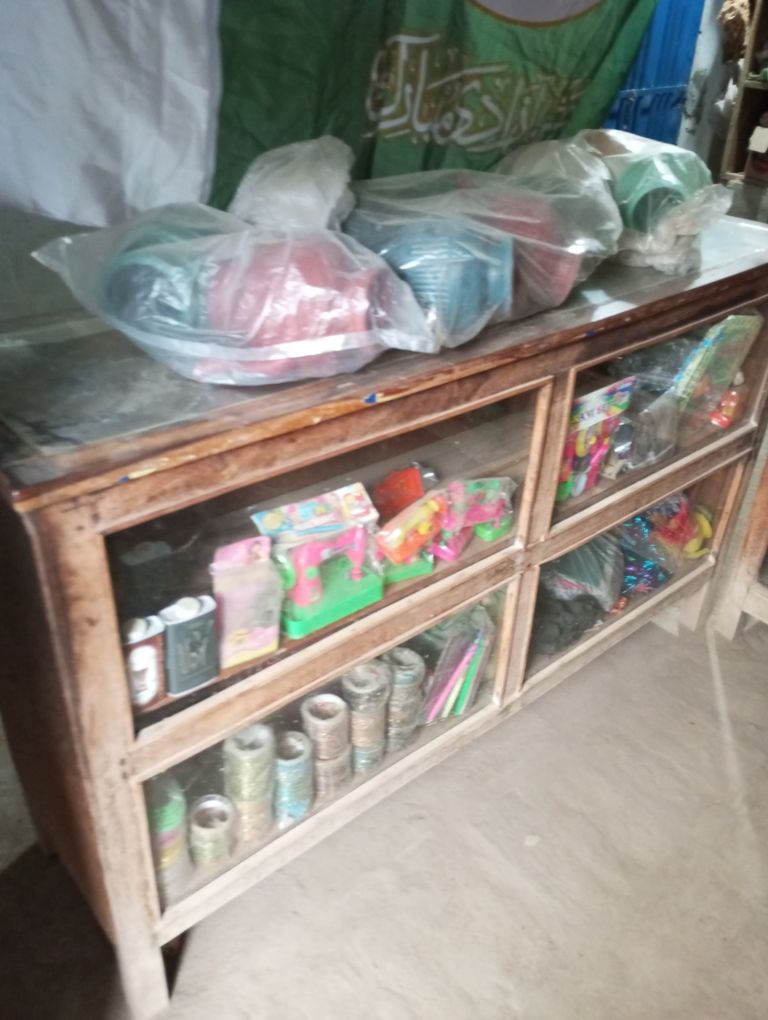Grocery shop photography captures the essence of our daily lives, reflecting the vibrant array of produce, products, and experiences that await within those aisles. With the rise of social media and visual storytelling, this niche of photography has gained prominence, offering a unique blend of artistry and commerce.
At its core, grocery shop photography seeks to transform the mundane into the visually captivating. From colorful stacks of fresh fruits and vegetables to neatly arranged shelves of pantry staples, photographers skillfully play with composition, lighting, and angles to create images that tantalize the senses. The art lies in finding beauty in the everyday and presenting it in a way that evokes emotion and curiosity.
One of the key challenges in grocery shop photography is capturing authenticity. In an era where authenticity is highly valued, photographers strive to portray the genuine character of each grocery store. This might involve candid shots of shoppers engrossed in selecting items, or it could mean focusing on the worn wooden floors and rustic displays that exude a sense of nostalgia and comfort.
Lighting plays a pivotal role in this genre. Natural light streaming through windows can lend a warm and inviting ambiance to the store, while carefully placed artificial lights can accentuate textures and colors. The interplay of light and shadow adds depth to the images, making the products seem almost three-dimensional. Photographers often experiment with different lighting setups to achieve the desired mood and atmosphere.
Beyond aesthetics, grocery shop photography also holds commercial significance. Many grocery stores utilize these images for marketing purposes, both online and offline. A well-crafted photograph can entice potential customers, highlighting the quality and variety of products available. In an increasingly competitive market, visually appealing imagery can set a store apart and drive foot traffic or online engagement.
From a storytelling perspective, grocery shop photography can offer insights into culture, lifestyle, and sustainability. A photograph of a farmer proudly displaying his freshly harvested produce underscores the connection between local agriculture and the community. Similarly, images of eco-friendly packaging or zero-waste sections communicate a store's commitment to environmental responsibility, resonating with conscious consumers.
Editing also plays a crucial role in shaping the final look of grocery shop photographs. Post-processing can enhance colors, correct imperfections, and create a cohesive visual style. Some photographers opt for a bright and vibrant aesthetic, while others lean towards a more muted, rustic charm. The editing process allows photographers to fine-tune their images to match their creative vision and the brand identity of the grocery store.
In conclusion, grocery shop photography is a dynamic and evolving niche that marries artistry with commerce. It celebrates the beauty in the everyday, capturing the essence of grocery stores through composition, lighting, and storytelling. Whether used for marketing, documentation, or creative expression, these images offer a unique window into the world of food, culture, and community. As we continue to appreciate the visual allure of grocery shop photography, its role in shaping our perceptions of consumerism and sustainability remains a captivating narrative to explore.




